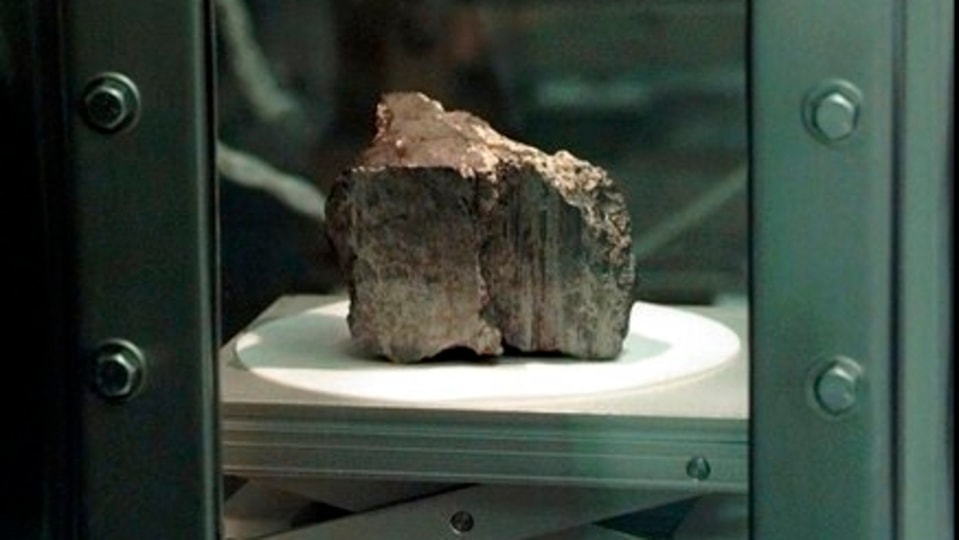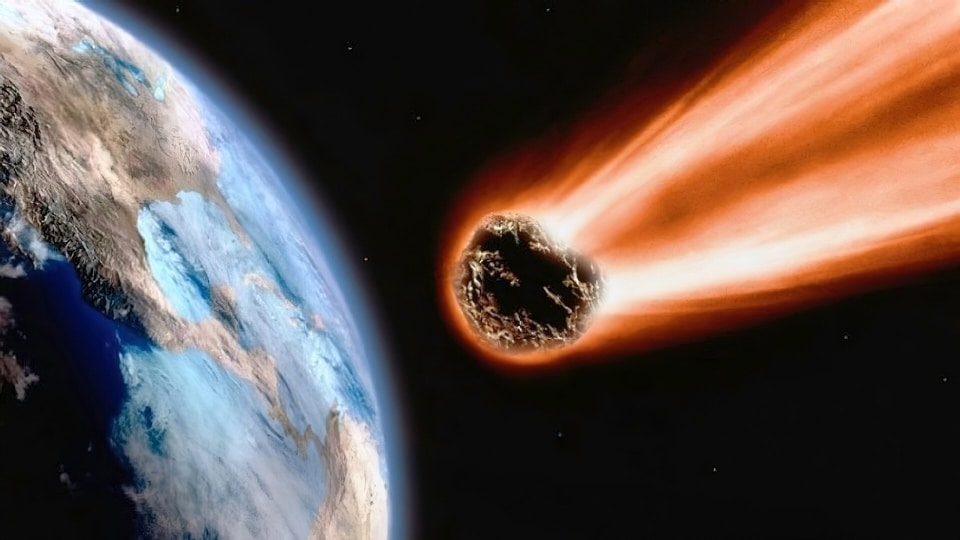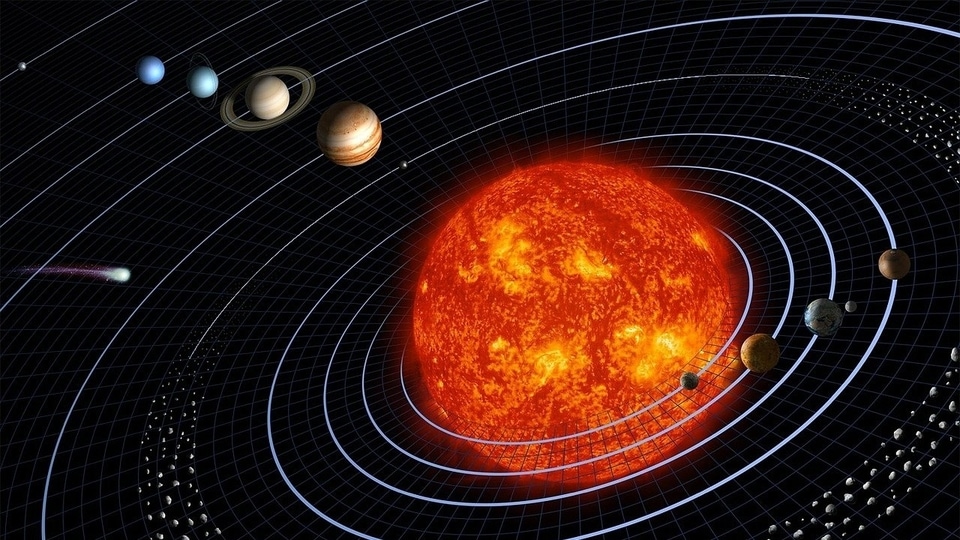Meteorite created Madhya Pradesh's famous Dhala impact crater, new study reveals
New study suggests rare Ureilite meteorite formed India's Dhala impact crater, offering insights into early solar system and potential impact on Earth's water and life development.






 View all Images
View all ImagesOver the course of its 4.5 billion years of existence, Earth has encountered an untold number of extraterrestrial bodies hurtling through its atmosphere. Some have disintegrated before reaching the surface, while others have left indelible marks on our planet, with one historic impact event leading to the extinction of an entire species (cue: the dinosaurs).
According to The Weather Channel, India currently has three of these ancient cosmic scars, known as meteor impact craters: Ramgarh in Rajasthan, Lonar in Maharashtra, and Dhala in Madhya Pradesh.
Dhala Crater: Asia's largest impact structure
Amongst these three, the Dhala crater, situated in the heart of India's Madhya Pradesh region in Shivpuri, has recently captured significant attention. With an impressive diameter of 11 kilometres, the Dhala structure has been confirmed by scientists to be Asia's largest and the world's seventh-largest impact crater.
In a recent discovery, a collaborative team of scientists from Allahabad University and the University of Bern, Switzerland, revealed that the Dhala crater resulted from the collision of an exceptionally rare and ancient meteorite, known as Ureilite, roughly 2500-1700 million years ago.
'Ureilites' belong to a scarce class of primitive meteorites, making up only a small fraction of all meteorites found on Earth. Comprising mostly olivine and pyroxene silicate rocks, Ureilites also contain less than 10% of carbon (either in the form of diamond or graphite), metal sulphides, and a few fine-grained silicates.
According to Professor JK Pati from Allahabad University's Earth and Planetary Sciences department, it is speculated that a one-kilometre-wide Ureilite meteorite plunged into Earth's atmosphere, striking the granitoid rocks of the Bundelkhand craton at an extraordinary speed of 15 km/s, thus creating the Dhala impact structure.
With the mystery of the impactor material now unravelled, researchers are eager to delve further into the secrets of this rare meteorite crater. The study aims to gain a deeper understanding of the nuances of our early solar system. Future research endeavours could shed light on its potential role in bringing water to Earth and contributing to the development of life on our planet.
Catch all the Latest Tech News, Mobile News, Laptop News, Gaming news, Wearables News , How To News, also keep up with us on Whatsapp channel,Twitter, Facebook, Google News, and Instagram. For our latest videos, subscribe to our YouTube channel.
































